Honey Mesquite Information – How To Grow Honey Mesquite Trees
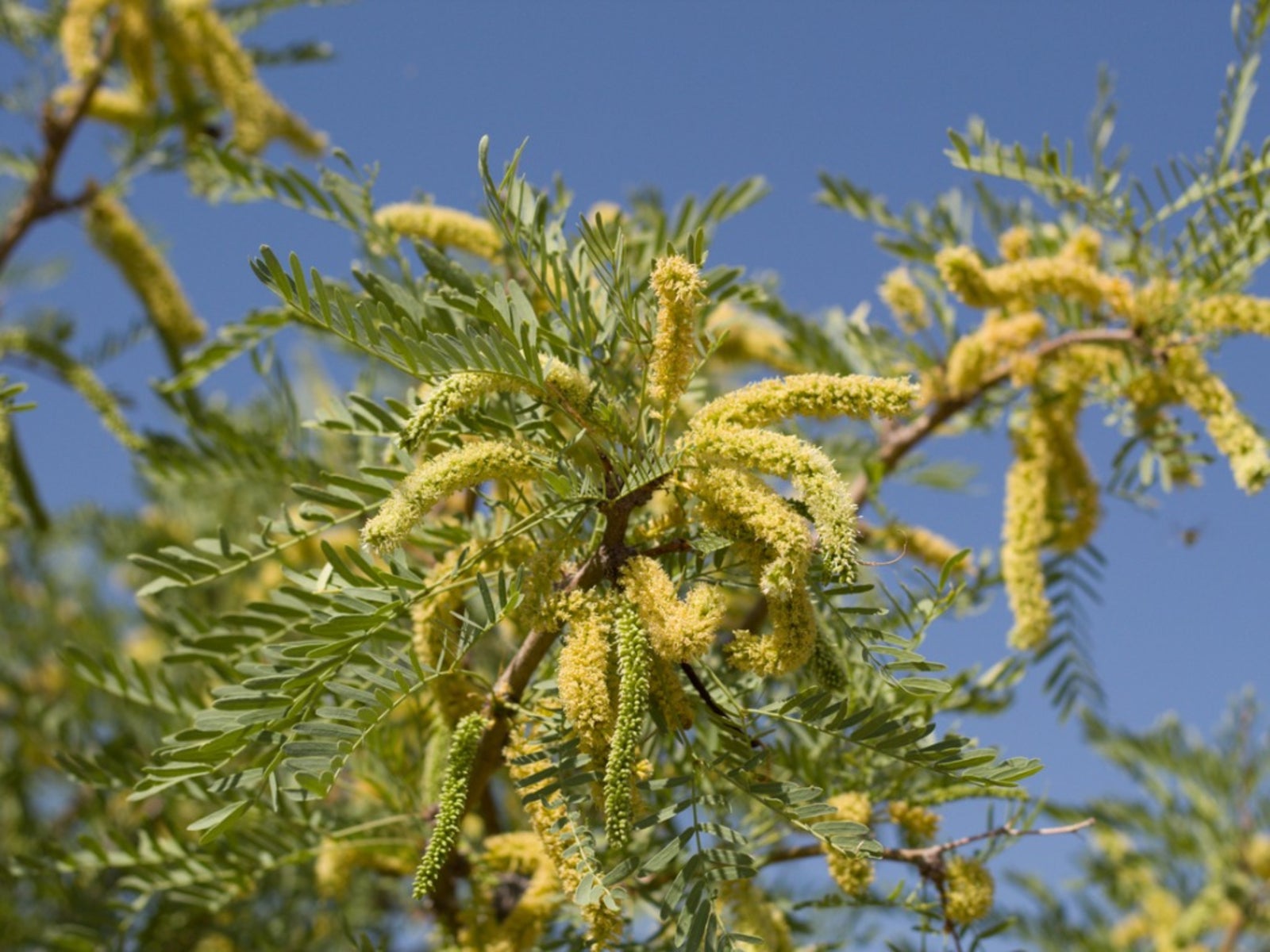

Honey mesquite trees (Prosopis glandulosa) are native desert trees. Like most desert trees, they are drought resistant and a picturesque, twisting ornamental for your backyard or garden. If you are thinking of growing honey mesquite, read on for more information. We’ll also give you some tips on how to care honey mesquite in the landscape.
Honey Mesquite Information
Honey mesquite trees can add summer shade and winter drama to your landscape. With twisted trunks, formidable thorns, and yellow spring flowers, honey mesquites are unique and interesting. These trees grow relatively quick to about 30 feet (9 m.) tall and 40 feet (12 m.) wide. The roots delve down even deeper – sometimes to 150 feet (46 m.) – which is what helps to make them so drought resistant. Ornamental features on honey mesquite include pale yellow spring flowers and unusual seed pods. The pods are fairly long and tubular, resembling wax beans. They ripen in late summer. Mesquite bark is rough, scaly, and reddish brown. The tree is armed with long thorns, which makes them good candidates for a defensive hedge.
How to Grow Honey Mesquite
When growing honey mesquite trees, you should know that they thrive in USDA plant hardiness zones 7 through 11. These desert plants are highly tolerant of heat and drought once established. This mesquite tree should be planted in full sun but is not picky about soil as long as it is well draining. Honey mesquite care includes regulating the amount of irrigation the plant gets. Remember that this is a desert native. It is an opportunist in terms of water, taking whatever is available. Therefore, it is best to limit water to the plant. If you give it generous amounts of water, it will grow very fast, and the wood will be weak. You’ll also need to do foundational pruning as part of honey mesquite care. Be sure to help the tree develop a strong scaffold while it is young.
Gardening tips, videos, info and more delivered right to your inbox!
Sign up for the Gardening Know How newsletter today and receive a free copy of our e-book "How to Grow Delicious Tomatoes".

Teo Spengler is a master gardener and a docent at the San Francisco Botanical Garden, where she hosts public tours. She has studied horticulture and written about nature, trees, plants, and gardening for more than two decades. Her extended family includes some 30 houseplants and hundreds of outdoor plants, including 250 trees, which are her main passion. Spengler currently splits her life between San Francisco and the French Basque Country, though she was raised in Alaska, giving her experience of gardening in a range of climates.
-
 Try The Trend – Turn Any Bed Into A Keyhole Garden With This Clever In-Ground Composter
Try The Trend – Turn Any Bed Into A Keyhole Garden With This Clever In-Ground ComposterKeyhole gardening is an efficient and sustainable practice that saves space. Get started on this DIY project quickly and easily with an in-ground composter.
By Bonnie L. Grant
-
 4 Superfast Composting Methods: Turn Waste Into Garden Gold In 30 Days Or Less
4 Superfast Composting Methods: Turn Waste Into Garden Gold In 30 Days Or LessTry the fastest composting methods to turbocharge your pile and transform kitchen scraps and garden waste into finished compost in just a few weeks.
By Mary Ellen Ellis
-
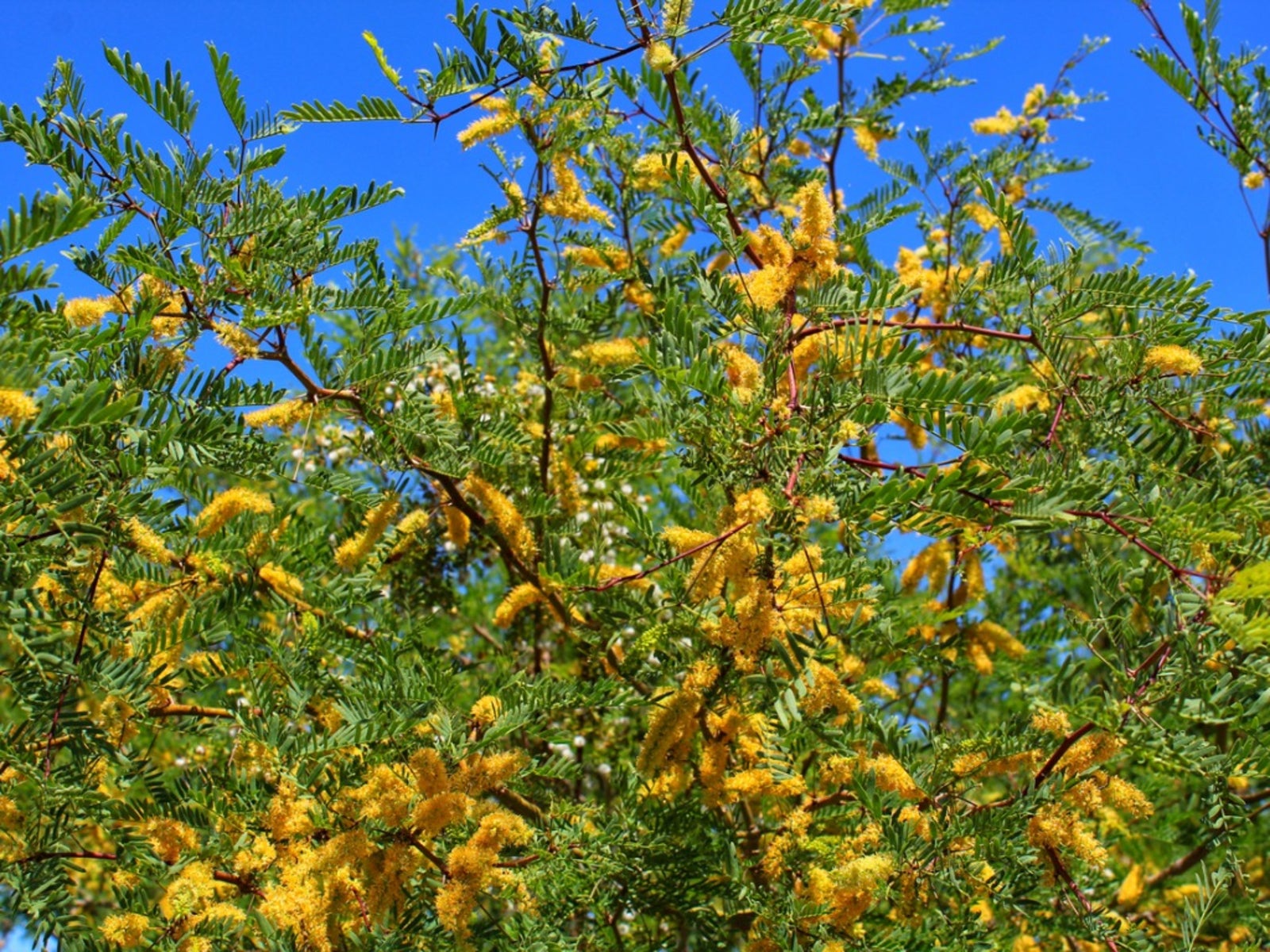 Signs Of Mesquite Sickness – Recognizing Mesquite Tree Diseases
Signs Of Mesquite Sickness – Recognizing Mesquite Tree DiseasesMesquite trees are attractive and drought tolerant, and a standard part of xeriscape plantings. Sometimes, though, these tolerant trees exhibit signs of mesquite sickness. Click here for information about diseases of mesquite trees and how to recognize them.
By Teo Spengler
-
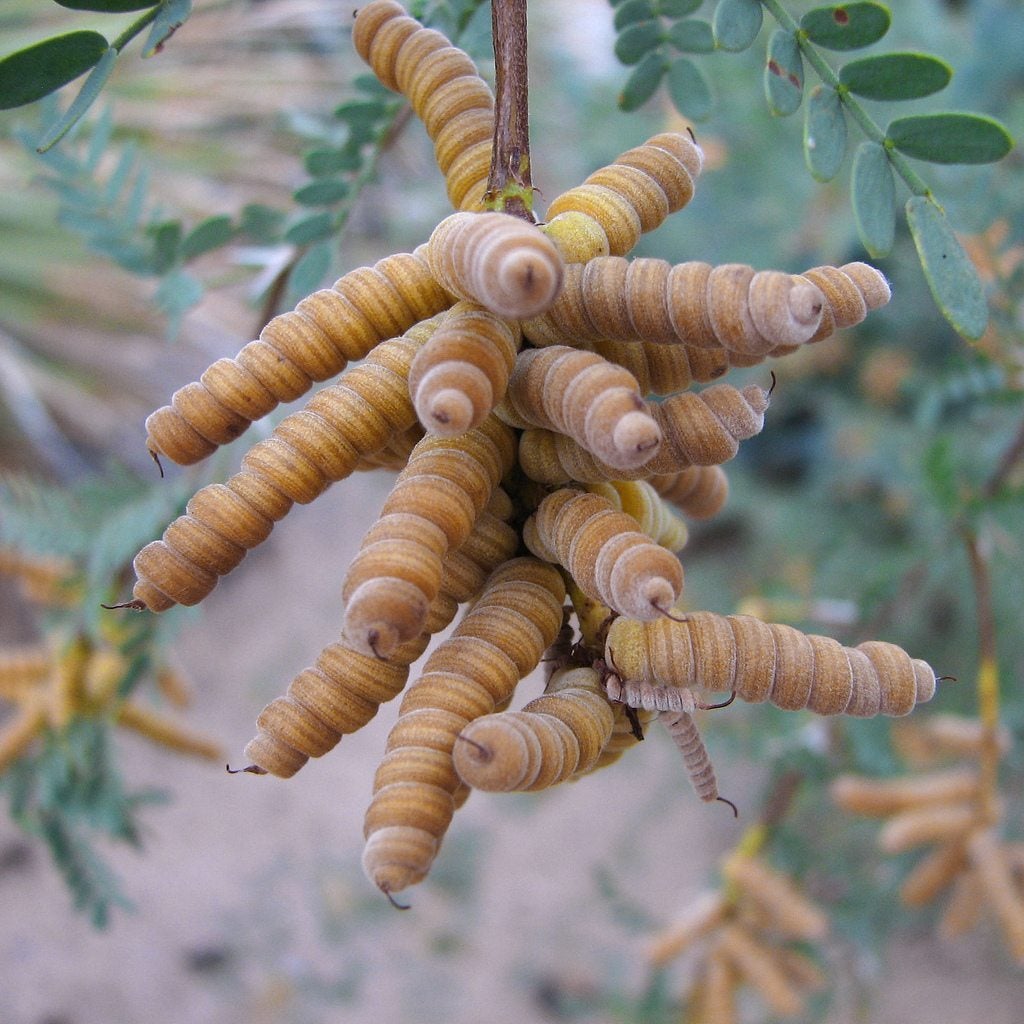 Screwbean Mesquite Info: Tips For Screwbean Mesquite Care
Screwbean Mesquite Info: Tips For Screwbean Mesquite CareThe screwbean mesquite is a small tree or shrub native to southern California. It sets itself apart from its traditional mesquite cousin with its attractive, corkscrew-shaped bean pods that appear in the summer. Learn more screwbean mesquite info in this article.
By Liz Baessler
-
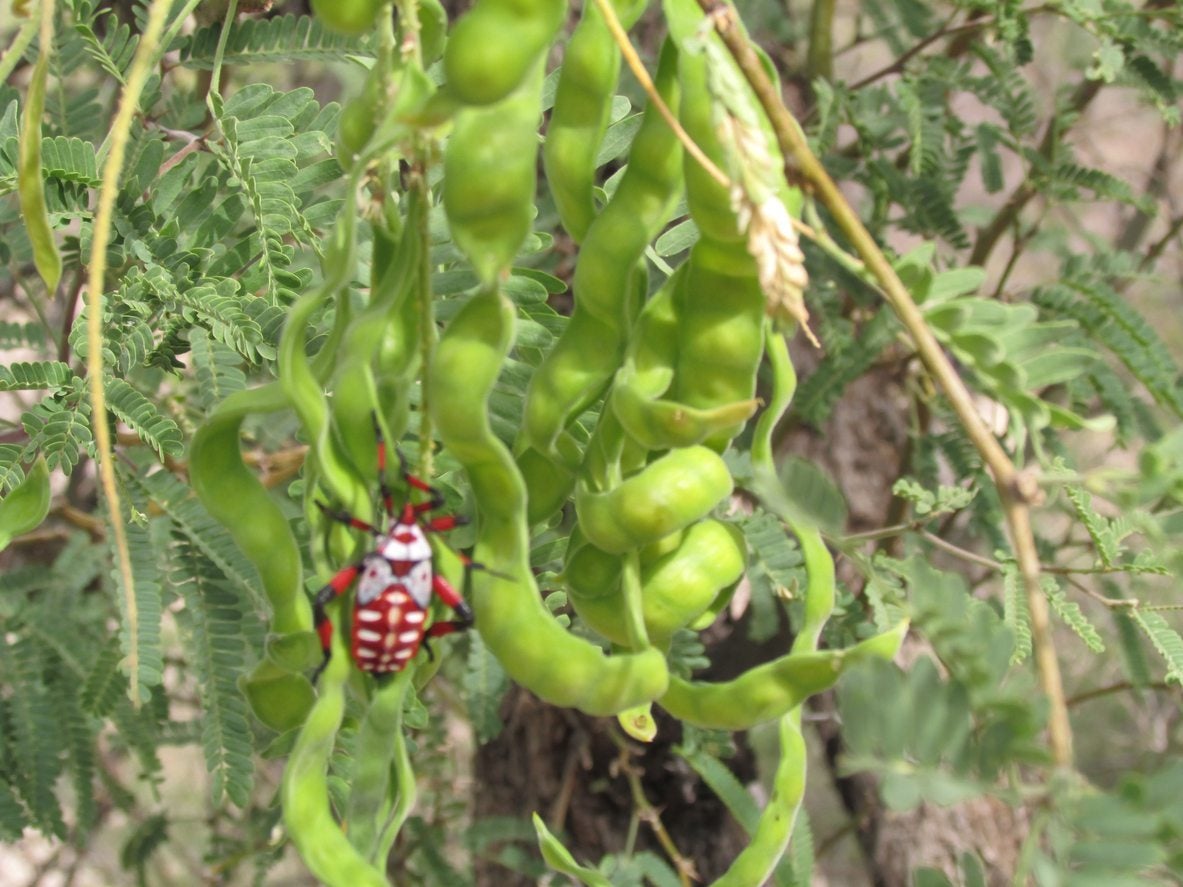 Mesquite Pest Solutions – How To Deal With Pests Of Mesquite Trees
Mesquite Pest Solutions – How To Deal With Pests Of Mesquite TreesMesquite trees are an excellent choice for a tough landscape tree that requires very little input once established. Even so, you'll want to monitor them for insect infestations from time to time. If you see any, you'll know what to do after reading this article.
By Kristi Waterworth
-
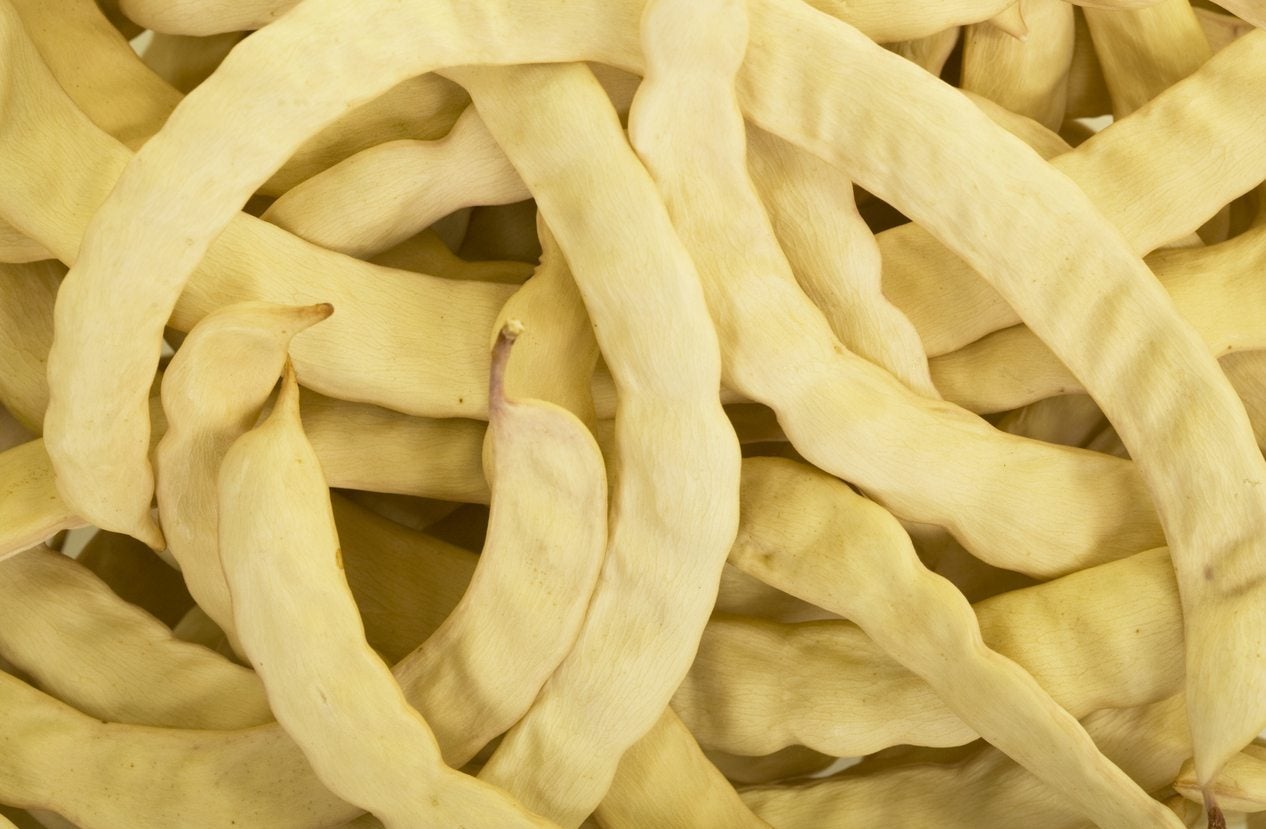 Are Mesquite Trees Edible: Learn About Mesquite Pod Uses
Are Mesquite Trees Edible: Learn About Mesquite Pod UsesIf someone were to mention "mesquite" to me, my thoughts immediately turn to the mesquite wood used for grilling and barbecuing. But is there more to mesquite beyond the grill? Can you eat mesquite? Are mesquite trees edible?" Click here to find out.
By Shelley Pierce
-
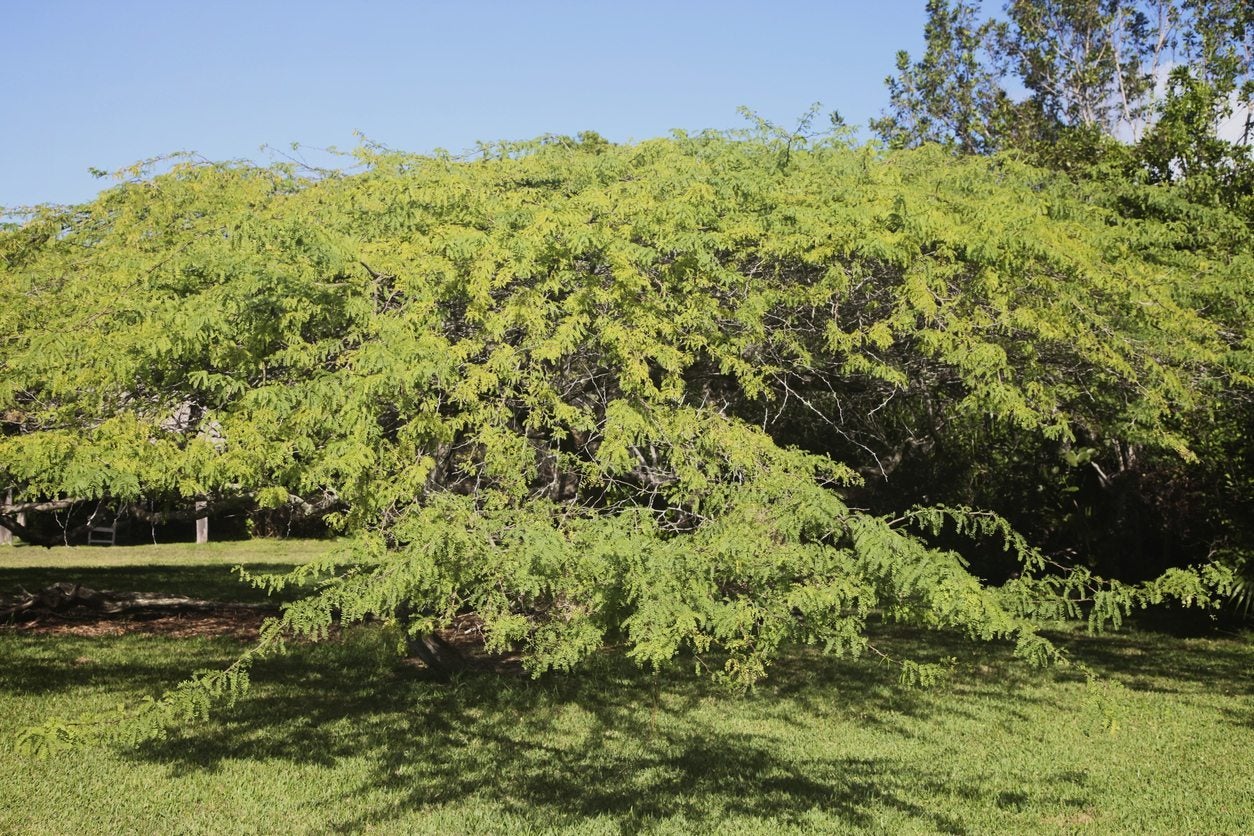 Moving Mesquite Trees – Is Transplanting A Mesquite Tree Possible
Moving Mesquite Trees – Is Transplanting A Mesquite Tree PossibleWhere other trees may wilt and dehydrate, mesquite trees draw moisture from the cool depths of the earth and gracefully ride out the dry spell. However, this deep taproot can make transplanting a mesquite tree quite difficult. Click here for tips on moving mesquite trees.
By Darcy Larum
-
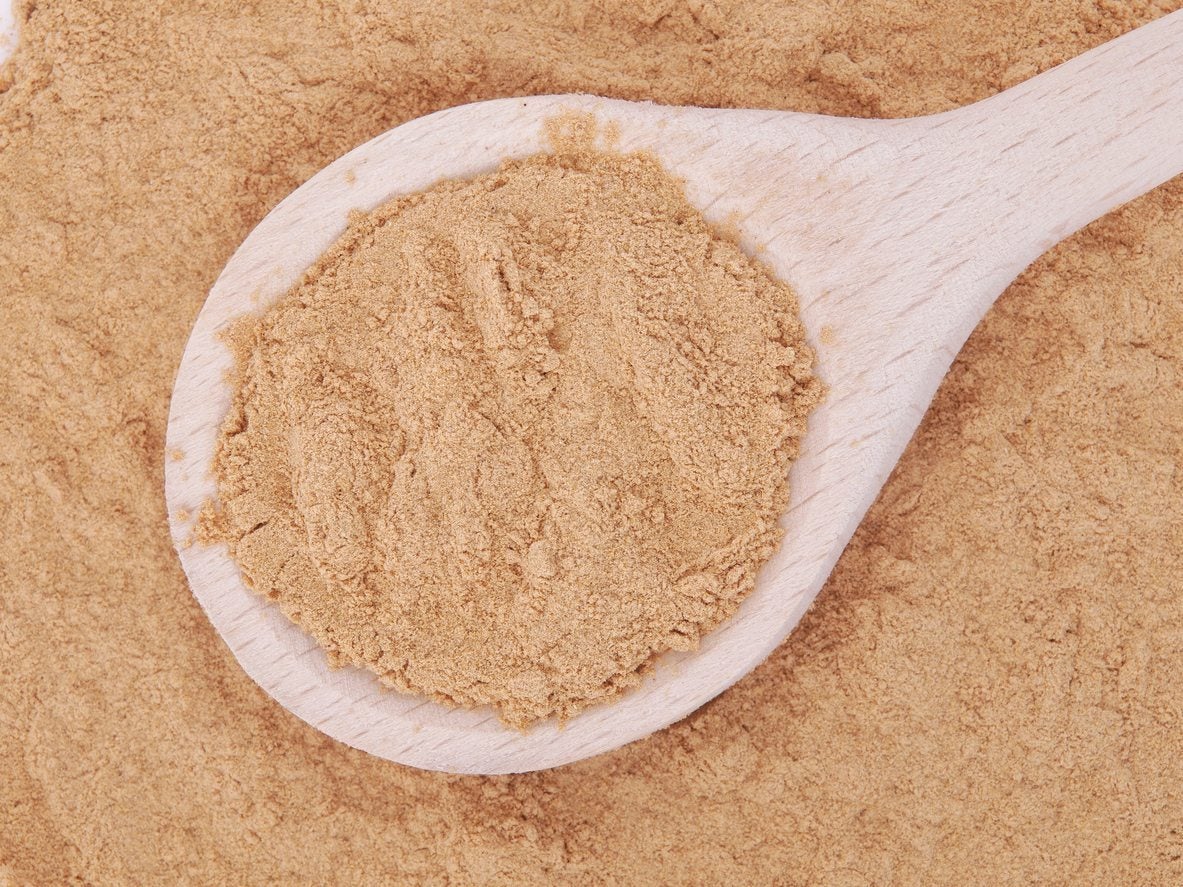 Mesquite Tree Uses – What Can Mesquite Be Used For
Mesquite Tree Uses – What Can Mesquite Be Used ForOf mesquite, many of us only know about the slow burning wood that makes for a great barbeque. That?s only the tip of the iceberg, though. What else can mesquite be used for? Mesquite tree uses are many and varied. Learn more about these uses here.
By Amy Grant
-
 Mesquite Cutting Propagation : Can You Grow Mesquite From Cuttings
Mesquite Cutting Propagation : Can You Grow Mesquite From CuttingsMesquite plants make attractive specimens in the garden. Can you grow mesquite from cuttings? Absolutely. You will just need a little info on how to root mesquite cuttings and when and where to harvest your material. This article will help with that.
By Bonnie L. Grant
-
 Sowing Mesquite Seeds: How And When To Plant Mesquite Seeds
Sowing Mesquite Seeds: How And When To Plant Mesquite SeedsGrowing mesquite from seeds found in the wild is a fun way to enjoy these plants for free. However, mesquite seed germination can be capricious and requires several steps for success. Click on this article for further info on how to grow mesquite trees from seed.
By Bonnie L. Grant